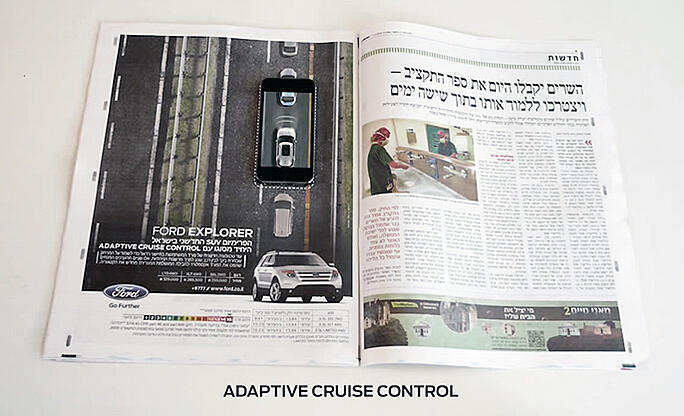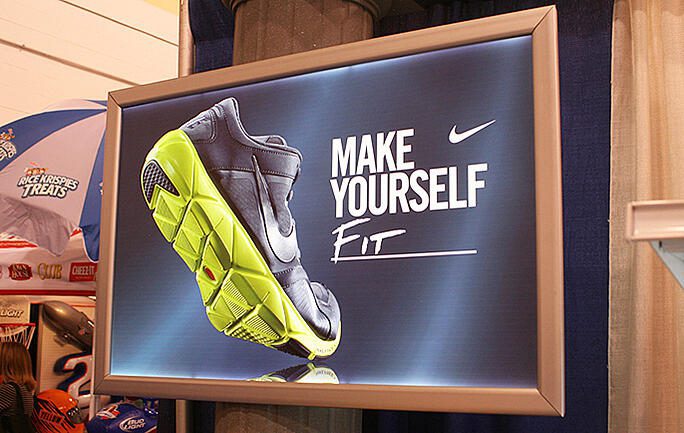The recent eTail Nordic event in Malmo brought together leading brands and marketing professionals to explore the latest trends driving retail and e-commerce in the Nordics. For brands looking to stay competitive in the evolving retail landscape, here are the key trends that stood out for us as a sponsor.
1. The evolving role of customer experience (CX)
In today’s competitive landscape, personalization and seamless omnichannel experiences have become essential. Nordic consumers expect brands to recognize their unique preferences across both digital and physical touchpoints, fostering loyalty through relevant, personalized experiences. As retailers scale their personalized marketing, however, maintaining brand consistency across all channels can become complex. The focus for brands now lies in refining how they present themselves, by showcasing relevant, on-brand content that connects with their audience instantly and effectively.
2. Sustainability as a core value
Sustainability is more than just a trend in the Nordics; it’s an expectation. Consumers are particularly invested in ethical sourcing and circular business models, rewarding brands that align with these values. As brands weave sustainability into their core strategy—not just their products—they are challenged to convey these values authentically. Effectively communicating sustainability efforts across markets, in a way that aligns with local values, is a critical step in building trust with consumers. Brands that manage to do this with clarity and consistency across channels have a distinct advantage in connecting with the eco-conscious Nordic consumer.
3. AI and automation: Efficiency meets creativity
AI is transforming retail by driving efficiency in operations while supporting creativity in customer engagement. From inventory management to automated marketing, AI enables brands to streamline processes while still delivering personalized, engaging content at scale. For many brands, the challenge lies in balancing automation with a genuine, creative touch that resonates with consumers. AI’s role should be about removing repetitive, manual tasks, allowing marketing teams to focus on what really matters: crafting unique, value-driven experiences for their customers that set them apart in a crowded market.
4. Data privacy and trust
With data privacy being a significant concern across the Nordics, brands must maintain transparency and comply with stringent privacy regulations. GDPR compliance isn’t optional; it’s a fundamental requirement for earning and retaining consumer trust. For brands leveraging data for personalization, this means developing processes that respect privacy while providing value to the customer. Those who prioritize clear, ethical data practices build credibility and loyalty, standing out as leaders in responsible data use—a vital differentiator in today’s privacy-conscious market.


5. The growth of social commerce and influencer marketing
Social commerce is booming, and influencer marketing remains an impactful strategy in the Nordics, where consumers are highly engaged on social media. This trend presents a unique opportunity for brands to integrate social commerce into their e-commerce strategy, creating a seamless customer journey from social platform to purchase. Brands that stay agile in adapting to these changes, whether by leveraging influencers or capitalizing on user-generated content, are better positioned to resonate with the highly connected Nordic consumer. The ability to maintain consistent messaging across these platforms, without sacrificing agility, is crucial.
6. Hybrid retail models
The blending of physical and digital retail experiences continues to reshape consumer expectations. Today’s shoppers want the freedom to interact with brands across in-store and online channels, expecting a seamless, unified journey. As hybrid retail gains traction, brands need to focus on delivering a cohesive experience that meets customers wherever they are, whether that’s through digital signage in-store or a streamlined e-commerce interface. Brands that excel in providing this flexibility create a smoother path to purchase, building stronger relationships with consumers by catering to their preferred shopping styles.
7. Accelerated time to market as a competitive edge
In an environment where trends evolve rapidly, speed matters. The ability to go from concept to execution quickly allows brands to stay relevant and respond to market shifts before competitors. Brands that leverage efficient workflows and adaptable structures are better equipped to bring campaigns and promotions to market swiftly and consistently. This agility not only enhances brand responsiveness but also fosters a deeper connection with consumers, who increasingly expect brands to be relevant, timely, and attuned to current trends.
Future-proofing Nordic retail
The future of retail in the Nordics is an exciting mix of technology, consumer expectations, and deeply rooted cultural values. Brands that can align with these evolving dynamics—particularly around sustainability, customer experience, and data privacy—are best positioned for success. By adopting a proactive approach to these trends and prioritizing authenticity and transparency, brands can navigate the future of retail with confidence. The landscape is dynamic, but with thoughtfulness and a focus on core values, Nordic brands can seize tomorrow’s opportunities and continue to lead in a constantly shifting market.
Ready to see how your brand can stay ahead in the Nordic retail landscape? Learn how Papirfly’s Digital Asset Management & Content Creation suite can help you align with these trends and elevate your strategy.


Table of contents:
- 1. The evolving role of customer experience (CX)
- 2. Sustainability as a core value
- 3. AI and automation: Efficiency meets creativity
- 4. Data privacy and trust
- 5. The growth of social commerce and influencer marketing
- 6. Hybrid retail models
- 7. Accelerated time to market as a competitive edge
- Future-proofing Nordic retail













